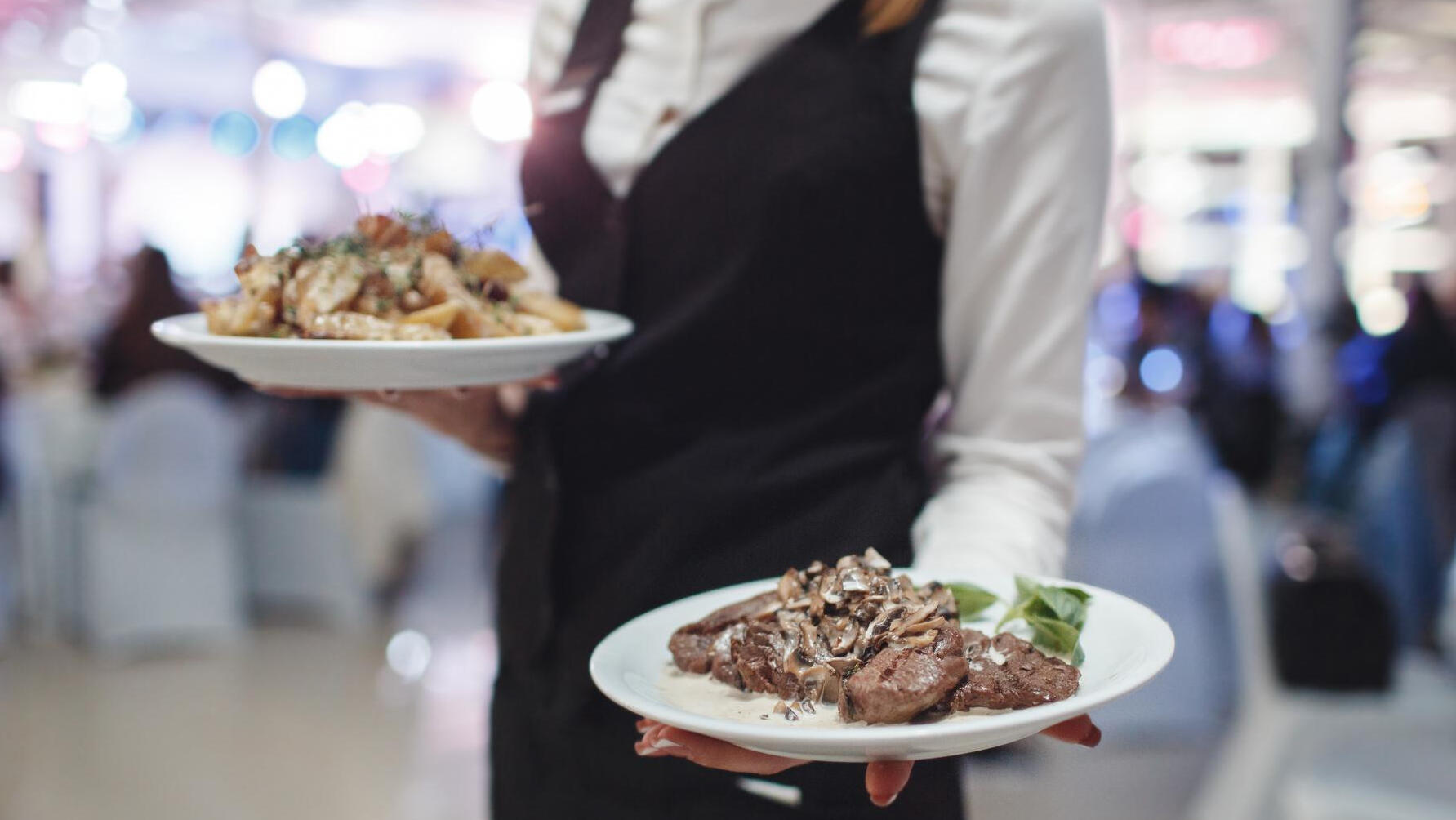Australia has secured the lowest possible tariff rate of 10% under President Donald Trump's sweeping reciprocal tariff regime, positioning exporters with a crucial competitive advantage, as higher levies devastate rival nations.
The executive order, effective 1 August, excludes Australia from Annex I, confirming its continued 10% baseline rate while countries such as Canada face tariffs as high as 35% and New Zealand confronts a 15% levy.
The European Union agreed to accept a 15% tariff rate alongside $750 billion in U.S. energy purchases and $600 billion in domestic investments by 2028.
Market dynamics shift in Australia's favour
Australian Trade Minister Don Farrell described the outcome as "a vindication" for the government's diplomatic approach, stating that "Australian products are now more competitive into the American market" with “wine, beef, lamb, wheat in a relative sense cheaper into the United States”.
The tariff differential creates immediate market opportunities - especially for wine and beef.
Aussie wine exporters could capitalise on increased levies on European rivals, while beef producers gain ground against Brazilian competitors facing higher tariffs.
Brazil's 50% tariff effectively renders Brazilian beef uncompetitive in the U.S. market, with Australian exporters positioned to "fill the gap" as Brazil pivots toward China.
Australia's beef quota utilisation remains strategically positioned. By late June 2025, Australia had filled only 57% of its allocation, leaving nearly 200,000t of capacity for H2.
This contrasts sharply with Brazil, which exhausted its quota within 17 days of 2025 before facing the compounding tariff burden.
Steel, aluminium woes
Despite the broad reprieve, Australian producers confront sector-specific challenges.
Steel and aluminium imports face a 50% tariff from June 2025, increased from 25% imposed in March, while copper products encounter identical tariffs from 1 August.
The automotive sector remains under pressure with 25% tariffs on automobiles, light trucks and automotive parts imposed under Section 232 of the Trade Expansion Act due to national security considerations.
Diplomatic trade-offs yield results
Australia's recent policy adjustments appear strategically timed.
Canberra lifted biosecurity restrictions on American beef imports in July, removing measures that Trump had specifically criticised when announcing the original tariff framework in April.
Beef exports to the U.S. rose 24%year-on-year in June 2025, despite the existing 10% tariff.
A White House spokesman confirmed that "no country has reciprocal tariffs" lower than Australia, while emphasising that the government would “continue to advocate for the removal of all tariffs in line with our free trade agreement.”
Economic ripples
The tariff architecture creates cascading effects across Australia's traditional export markets.
Major Asian economies including Japan, South Korea, Malaysia and Vietnam face significantly higher tariffs, potentially impacting their capacity to purchase Australian commodities and services.
The U.S.-China trade dynamic presents opportunities as Chinese retaliatory tariffs on American products create market share possibilities for Australian exporters in sectors including wine, seafood and beef.
However, government advisors recommend diversification between both the U.S. and Chinese markets given ongoing bilateral uncertainties.
The tariff regime represents what analysts describe as "an economic experiment", with the world's most advanced economy adopting import-substitution policies typically associated with early-stage industrialisation.



